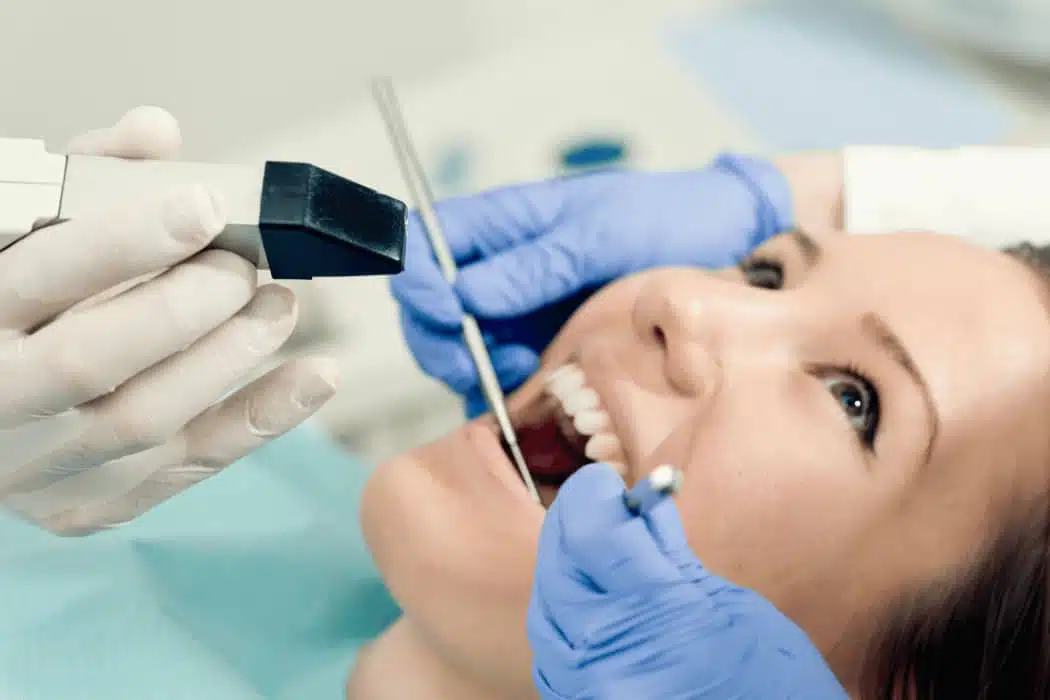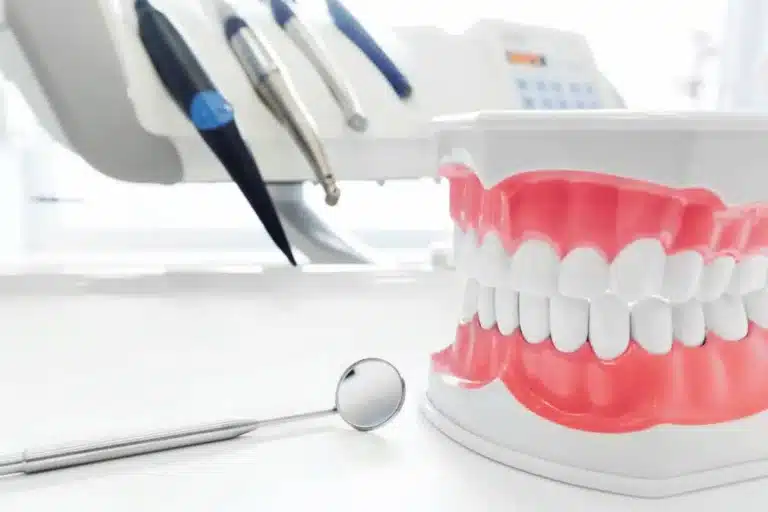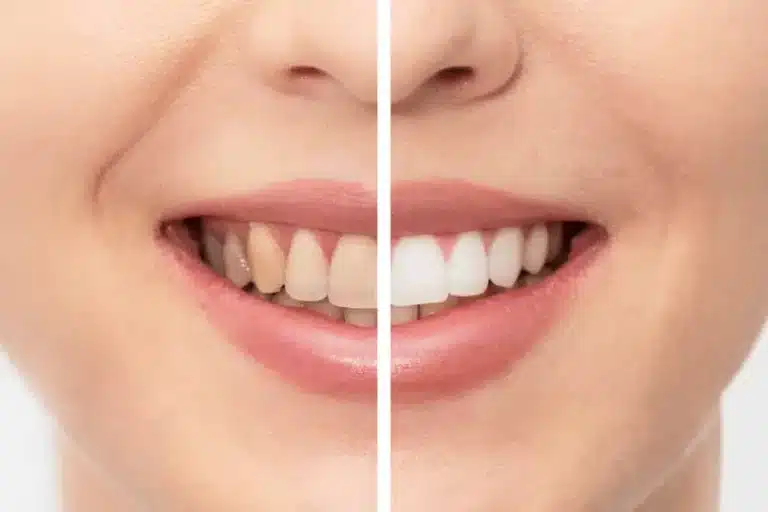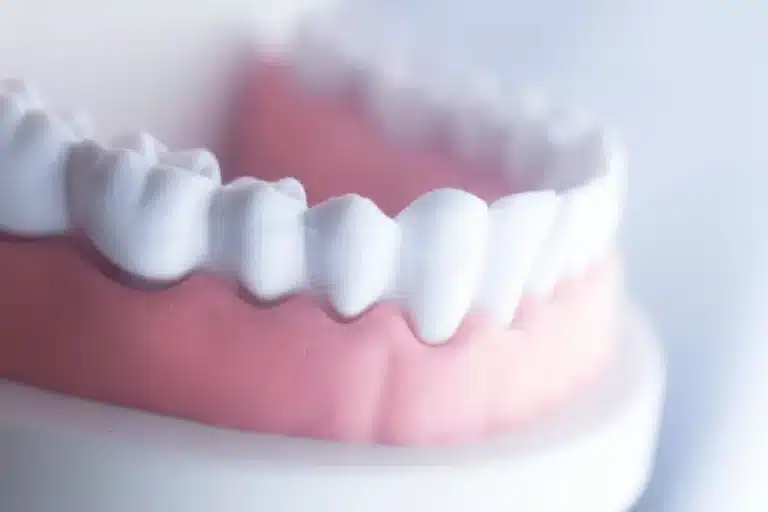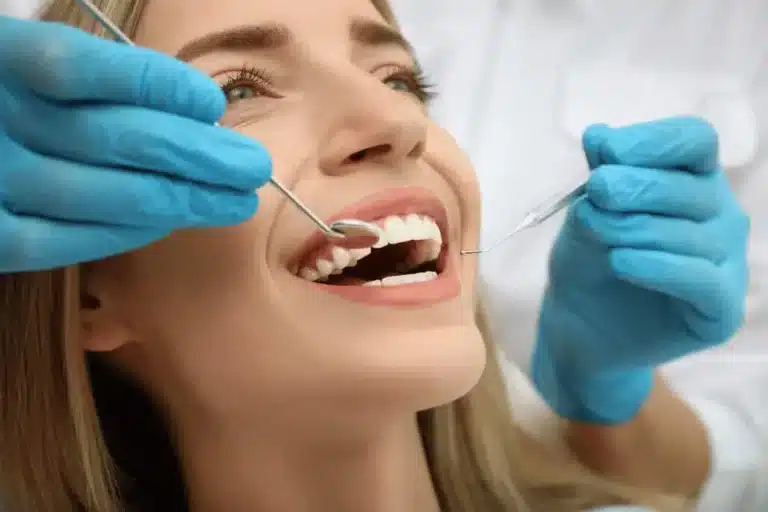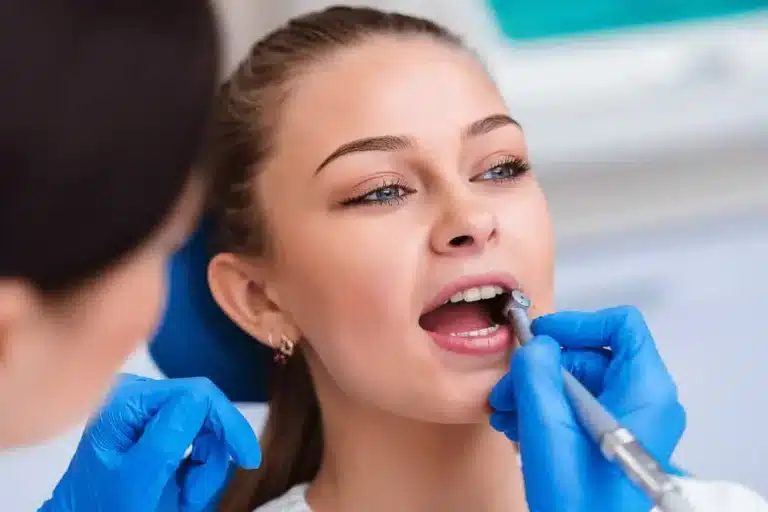Restorative Dentistry: What It Is, Types & Procedures
Restorative dentistry is a specialized field that focuses on repairing and restoring damaged or missing teeth, bringing back not only function but also the aesthetics of a healthy smile. In this comprehensive guide, Dentist Frisco TX explores what restorative dentistry is, the types of restorative procedures available, and how they contribute to overall oral health and well-being.
I. Understanding Restorative Dentistry
A. Definition and Objectives
Restorative dentistry involves the diagnosis and management of oral health issues to restore the function and appearance of teeth. The primary objectives include repairing damage, preventing further deterioration, and enhancing the overall health and aesthetics of the mouth.

B. Integration with Cosmetic Dentistry
While restorative dentistry primarily focuses on the functional aspects of oral health, it often intersects with cosmetic dentistry. Many restorative procedures not only restore function but also improve the appearance of the teeth, creating a harmonious balance between health and aesthetics.
II. Common Types of Restorative Dentistry Procedures
A. Dental Fillings
Dental fillings are one of the most common restorative procedures. They involve removing decayed tooth material and filling the cavity with materials like amalgam, composite resin, or porcelain. Fillings restore the tooth’s structure and prevent further decay.
B. Dental Crowns
Dental crowns, or caps, are used to cover and protect damaged or weakened teeth. They are custom-made to match the natural tooth color and shape, providing strength and durability to compromised teeth.
C. Dental Bridges
Dental bridges are used to replace missing teeth by bridging the gap between adjacent teeth. The bridge consists of artificial teeth anchored by crowns on the neighboring natural teeth, restoring both function and appearance.
D. Dental Implants
Dental implants are a more permanent solution for missing teeth. They involve the surgical placement of artificial tooth roots into the jawbone, providing a stable foundation for crowns, bridges, or dentures.
E. Dentures
Dentures are removable appliances that replace missing teeth and surrounding tissues. They can be complete (full dentures) or partial, providing a functional and aesthetic solution for those with significant tooth loss.
F. Root Canal Therapy
Root canal therapy is performed to treat an infected or inflamed tooth pulp. The procedure involves removing the damaged pulp, cleaning the root canal, and sealing it to prevent further infection. A crown is usually placed on the treated tooth for reinforcement.
G. Dental Inlays and Onlays
Inlays and onlays are restorations used when a tooth has mild to moderate decay or damage. Inlays fit within the cusp tips of the tooth, while onlays cover one or more cusps. They are custom-made to restore the tooth’s structure and function.
III. Benefits of Restorative Dentistry
A. Improved Oral Health
Restorative dentistry addresses dental issues promptly, preventing the progression of decay or damage. This contributes to improved oral health, reducing the risk of more severe conditions and promoting overall well-being.
B. Enhanced Functionality
Restorative procedures restore the function of teeth, allowing individuals to chew, speak, and bite comfortably. This improved functionality contributes to a better quality of life.
C. Aesthetically Pleasing Results
Beyond functionality, restorative dentistry emphasizes aesthetic outcomes. Procedures like dental crowns, bridges, and implants are designed to blend seamlessly with natural teeth, providing a visually appealing and harmonious smile.
IV. Technology in Restorative Dentistry
A. Digital Impressions
Digital impressions have replaced traditional molds, offering a more accurate and comfortable way to capture the shape and structure of the teeth for restorative procedures.
B. 3D Imaging
Advanced imaging technologies, including cone-beam computed tomography (CBCT), provide detailed 3D images of the oral structures. This aids in treatment planning for complex restorative cases.
Conclusion
Restorative dentistry is a vital aspect of oral healthcare, offering transformative solutions to repair and enhance the natural beauty of smiles. Whether addressing decay, damage, or tooth loss, the field of restorative dentistry plays a crucial role in restoring function, aesthetics, and overall oral health. Through advancements in technology and individualized treatment plans, patients can embrace the benefits of a healthy, functional, and radiant smile.

